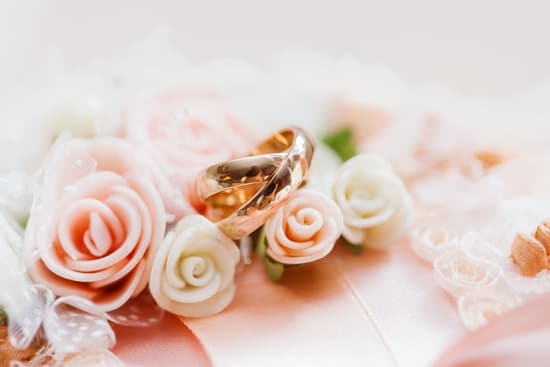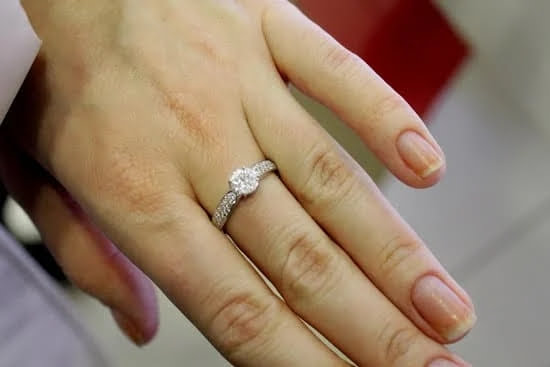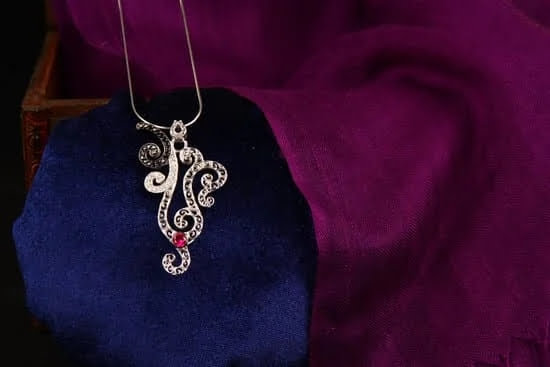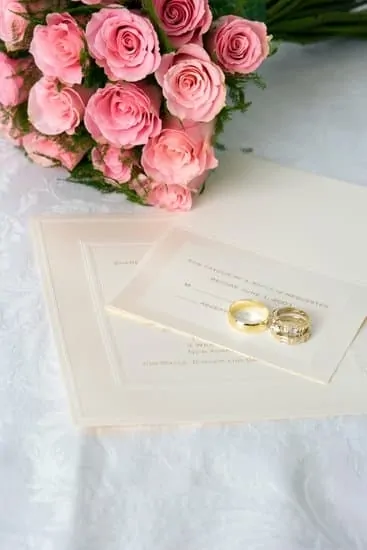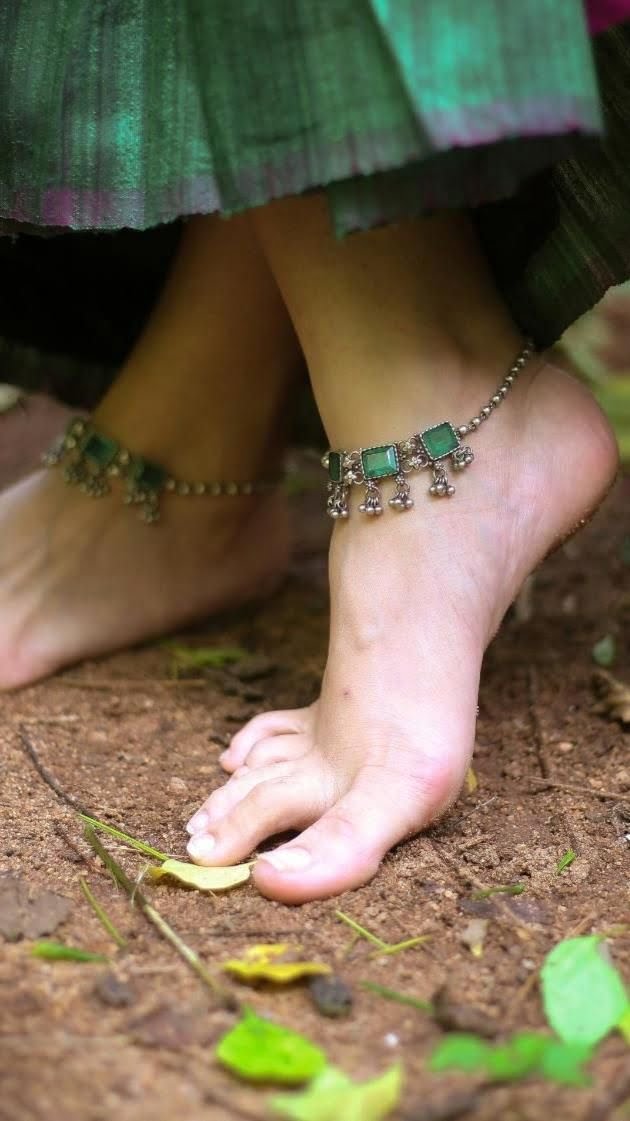The history of metals used in jewelry dates back thousands of years, with various civilizations and time periods contributing to the evolution and cultural significance of these materials. From the ancient civilizations to the modern era, the use of different metals has played a vital role in the artistry and symbolism of jewelry making.
Throughout history, different metals have been prized and utilized for their unique properties and aesthetic appeal, shaping the way we perceive and appreciate jewelry. From the durability of gold to the luster of silver, each metal has carried its own significance within diverse cultures and traditions.
This article will take a deep dive into the fascinating journey of metals in jewelry making, from their early appearances in ancient civilizations, to their prominence during the Renaissance era, to their modern adaptations in contemporary jewelry. We will explore how these metals have not only shaped the art form itself but also held cultural and symbolic importance across various societies.
Ancient Civilizations and Their Use of Metals in Jewelry
The history of metals used in jewelry dates back to ancient civilizations, where early humans discovered and utilized various metals for adornment. These ancient civilizations played a crucial role in the development and evolution of jewelry making, as they were the pioneers in experimenting with different types of metals to create stunning pieces of jewelry.
During this time, several metals were used in jewelry making, including:
- Copper: This was one of the earliest metals used in jewelry making by ancient civilizations such as the Egyptians and Mesopotamians. Its malleability made it easy to shape into intricate designs and patterns.
- Bronze: A combination of copper and tin, bronze was also popular among ancient civilizations for creating jewelry due to its durability and strength.
- Gold: Regarded as a symbol of wealth and prestige, gold has been highly prized for jewelry making across various ancient civilizations such as the Greeks, Romans, and Egyptians. Its luster and rarity made it a desirable metal for crafting exquisite jewelry pieces.
These early uses of metals in jewelry laid the foundation for the future evolution of jewelry making techniques and materials. The craftsmanship and artistry displayed by these ancient civilizations continue to inspire contemporary jewelers, showcasing how their use of metals still resonates within modern-day jewelry design.
The Rise of Gold and Silver in Jewelry Making
Gold and silver have been prized for their beauty and rarity for thousands of years. The history of metals used in jewelry dates back to ancient civilizations, where these two precious metals were first discovered and utilized in adornments. Both gold and silver were highly valued by the Egyptians, Greeks, Romans, and other ancient cultures for their lustrous appearance and malleability, making them ideal for crafting intricate jewelry pieces.
In ancient Egypt, gold was considered the “flesh of the gods” and was used to decorate the tombs of pharaohs and other important figures. The Egyptians also developed advanced techniques for working with gold, such as granulation and filigree, which are still used in jewelry making today. On the other hand, silver was also widely used in ancient Greece and Rome for creating stunning bracelets, necklaces, earrings, and other adornments.
During the Renaissance period, the demand for gold and silver jewelry grew even further as advancements in metallurgy allowed for more intricate designs to be crafted. New techniques like repoussé and chasing were developed during this time, leading to a surge in the popularity of goldsmithing and silversmithing across Europe. This era marked a significant turning point in the history of metals used in jewelry as it laid the foundation for the modern techniques still used today.
| Metals | Ancient Civilization |
|---|---|
| Gold | Egyptians |
| Silver | Greeks & Romans |
The Renaissance and the Introduction of New Metals in Jewelry
During the Renaissance period, the use of metals in jewelry making saw a significant shift as new metals were introduced and incorporated into designs. This era, which spanned from the 14th to the 17th century, saw a revival of art, culture, and learning, leading to innovations in various fields including jewelry making. One of the most notable developments during this time was the discovery and popularization of new metals such as bronze and copper in jewelry.
Bronze, an alloy composed primarily of copper along with other elements such as tin or aluminum, became increasingly popular during the Renaissance for creating intricate and decorative pieces of jewelry. Its malleability made it ideal for crafting detailed designs, and its warm golden color added a richness to jewelry pieces. Copper, known for its reddish-brown hue, was also widely used during this period, often combined with gold or silver to create contrasting color combinations in jewelry.
Additionally, the Renaissance era witnessed the resurgence of interest in gemstones as well as advancements in gem cutting techniques. Metals such as bronze and copper were often paired with precious gems like diamonds, rubies, emeralds, and sapphires to create stunning pieces of jewelry that reflected the opulence and artistic expression of the time. These new combinations opened up endless possibilities for creativity and design in jewelry making.
It is important to note that while traditional precious metals like gold and silver continued to be revered during the Renaissance period, the introduction of new metals added diversity to jewelry making. This expansion not only broadened design possibilities but also allowed artisans to cater to a wider range of tastes and preferences among their clientele. The innovative use of metals during this time laid the groundwork for future developments in jewelry making techniques and materials.
| Renaissance Metal | Characteristics |
|---|---|
| Bronze | Malleable; warm golden color |
| Copper | Reddish-brown hue; often combined with gold or silver |
Industrial Revolution and the Impact on Jewelry Metals
The Industrial Revolution brought about significant changes in the use of metals in jewelry making. With the advancement of technology and the development of new metalworking techniques, jewelry artisans were able to experiment with a wider range of metals, leading to a shift in the traditional materials used for jewelry.
During this period, industrialization allowed for mass production of jewelry, which resulted in a greater availability of affordable pieces made from various metals. This marked a departure from the exclusive use of precious metals such as gold and silver, as other more accessible metals like copper, brass, and nickel became popular choices for jewelry making.
The introduction of new machinery and tools also enabled jewelers to work with different metal alloys, leading to the creation of intricate designs and innovative styles. Additionally, the Industrial Revolution led to the discovery and utilization of new rare metals like platinum and titanium in jewelry production. These developments not only expanded the range of available materials but also revolutionized the art of jewelry making during this era.
- The Industrial Revolution ushered in an era of experimentation with different metals.
- Mass production made affordable pieces using non-precious metals accessible to a wider audience.
- Advancements in machinery and tools allowed for intricate designs and innovative styles.
Modern Era
The modern era has brought about a significant shift in the types of metals used in jewelry making. With advancements in technology and the introduction of new materials, contemporary jewelry designers are exploring a wide range of metals to create unique and innovative pieces.
New Metals on the Scene
In recent years, alternative metals such as titanium, tungsten, and stainless steel have gained popularity in the jewelry industry. These metals are known for their durability, strength, and resistance to tarnishing, making them ideal for everyday wear. Additionally, their affordability compared to traditional precious metals has made them more accessible to a wider audience.
Environmental Impact
As environmental concerns become increasingly important, there is a growing interest in eco-friendly metals for jewelry making. Recycled gold and silver, as well as responsibly sourced gemstones, are becoming more prevalent in the market. In addition, non-traditional materials like wood, glass, and even recycled plastics are being incorporated into contemporary jewelry designs.
Technological Advancements
Advancements in metalworking techniques have opened up new possibilities for jewelry designers. Laser cutting, 3D printing, and other cutting-edge technologies allow for intricate designs and unique textures that were not previously possible. This has led to an influx of avant-garde designs that push the boundaries of traditional jewelry aesthetics.
The history of metals used in jewelry has certainly evolved over time, with the modern era bringing about a diverse range of options for both designers and consumers alike. As technology continues to advance and sustainability becomes an increasing concern, it will be fascinating to see how these factors continue to shape the future of metal use in jewelry making.
Cultural Significance of Different Metals in Jewelry
Gold: A Symbol of Wealth and Power
Gold has been treasured by civilizations for centuries, symbolizing wealth, power, and success. In many cultures, gold was used to create jewelry reserved for royalty and the elite. The Egyptians, for example, adorned themselves with elaborate gold jewelry as a display of their status in society. Even today, gold continues to hold cultural significance as a symbol of prestige and luxury.
Silver: A Metal of Spirituality and Healing
In various cultures around the world, silver has been revered for its spiritual and healing properties. It has been associated with the moon, believed to possess mystical powers that could ward off evil spirits or bring good luck. Silver jewelry is often worn during religious ceremonies or rituals to promote spirituality and protection. Furthermore, silver is also known for its medicinal properties in some traditional practices, being used in amulets or talismans for healing purposes.
Platinum: A Symbol of Purity and Endurance
Platinum carries significant cultural symbolism as a metal that signifies endurance and purity. In certain cultures, platinum jewelry is exchanged to represent enduring love and commitment due to its resistance to tarnishing or fading. Its rarity and durability make it highly valued in societies around the world as a representation of lasting purity.
As we delve into the history of metals used in jewelry across different cultures, it becomes evident that each metal holds deep cultural significance that goes beyond mere adornment. Understanding the historical and cultural context behind these metals adds a layer of richness to the art of jewelry-making that continues to inspire contemporary designers today.
Future Trends in the Use of Metals in Jewelry Making
In conclusion, the history of metals used in jewelry is a fascinating journey that has evolved over time, shaping the art of jewelry making as we know it today. From the ancient civilizations using various metals for adornment to the Renaissance period introducing new metals in jewelry, the significance of these materials has played a pivotal role in shaping cultural and artistic expressions.
As we look towards the future, it is evident that there is a growing interest in contemporary metals for jewelry making. With advancements in technology and design, we can expect to see an increasing use of alternative metals such as titanium, stainless steel, and cobalt in creating unique and innovative pieces. These modern materials offer durability, versatility, and a sleek aesthetic that appeals to a new generation of consumers.
Furthermore, there is also a trend towards sustainable and ethical practices within the jewelry industry. This has led to an exploration of recycled metals and responsibly sourced materials, reflecting a conscious effort to minimize environmental impact and support ethical labor practices.
As consumer preferences continue to evolve, so too will the use of metals in jewelry making – embracing both tradition and innovation while considering our impact on the world around us. The future of metals in jewelry making holds great promise for creativity, sustainability, and cultural significance.
Frequently Asked Questions
What Is the History of Metal Jewelry?
The history of metal jewelry dates back to ancient times when it was used as a status symbol, for religious purposes, and for adornment. The earliest civilizations like the Egyptians and Sumerians crafted intricate metal jewelry.
What Is the Oldest Metal Jewelry?
The oldest metal jewelry discovered is believed to be copper beads found in northern Iraq, dating back to around 8700 BCE. These beads were likely worn as necklaces or bracelets by early humans, showcasing their craftsmanship even in prehistoric times.
What Metals Were Used in Antique Jewelry?
Antique jewelry was commonly made using metals such as gold, silver, copper, and bronze. These metals were highly valued for their durability and rarity, often symbolizing wealth and status. Ancient cultures like the Greeks, Romans, and Egyptians utilized these metals in their jewelry making processes.

Welcome to my jewelry blog! My name is Sarah and I am the owner of this blog.
I love making jewelry and sharing my creations with others.
So whether you’re someone who loves wearing jewelry yourself or simply enjoys learning about it, be sure to check out my blog for insightful posts on everything related to this exciting topic!

